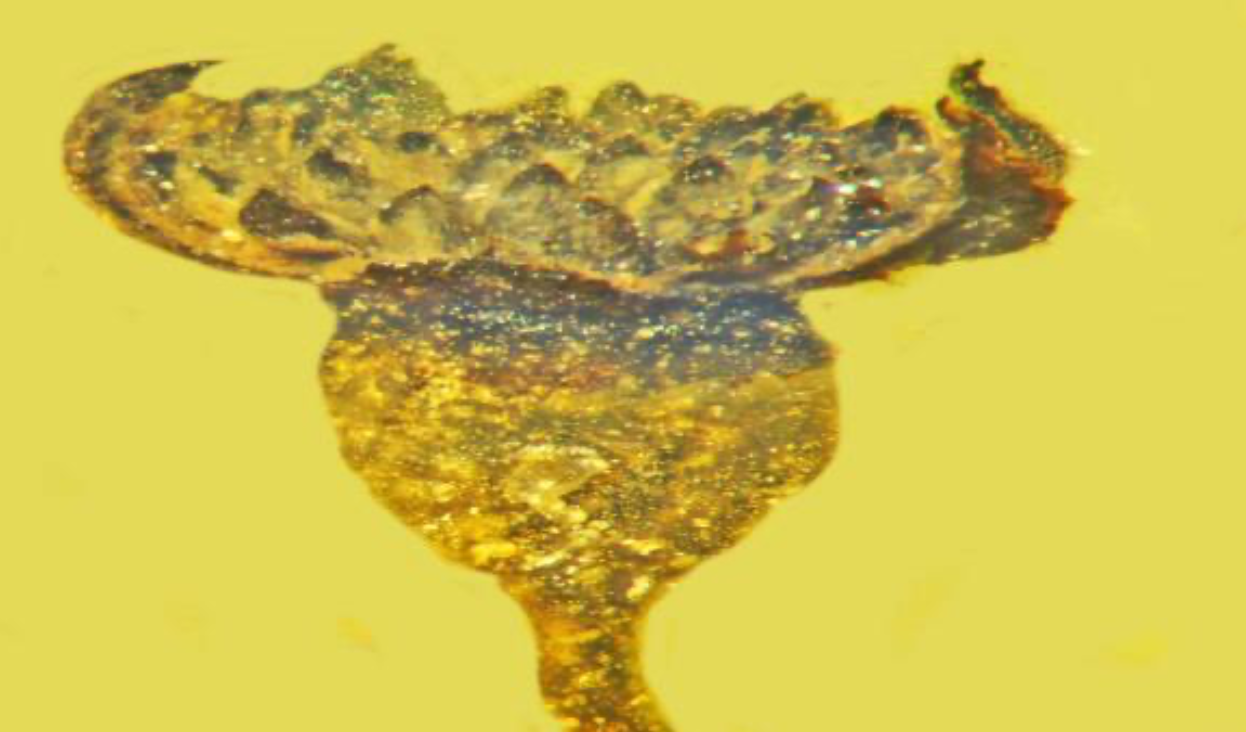Flower And Amber Were Once A Part Of Supercontinent Pangaea
New research conducted at the Oregon State University (OSU), a public research university in Corvallis, Oregon, discovered a 100 million years old fossilized flower inside an amber found in western Burma. Amber is hard, yellowish, and often see-through substance formed from tree resin. Resin is the thick liquid that oozes out of pine and fir trees when their bark is injured. It takes millions of years for resin to become hard and eventually turn into amber. Studies also revealed that the amber belonged to the supercontinent Pangaea (Pangaea existed millions of years ago and broke apart to give rise to the present seven continents).
The flower named Valviloculus pleristaminis is tiny, around 2 mm, and is a male. It carries pollen bearing anthers in a spiral pattern (refer to Image 2 to understand a typical flower anatomy).



